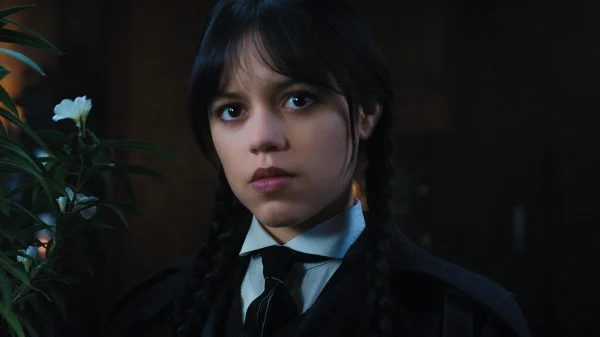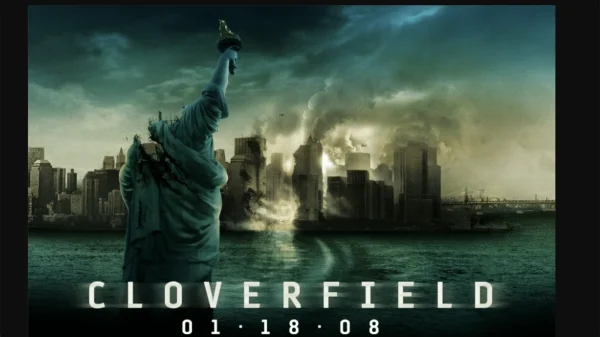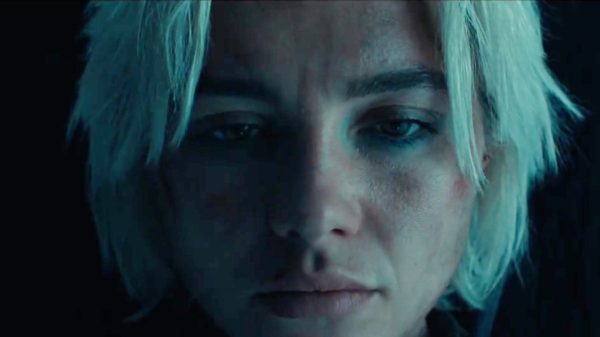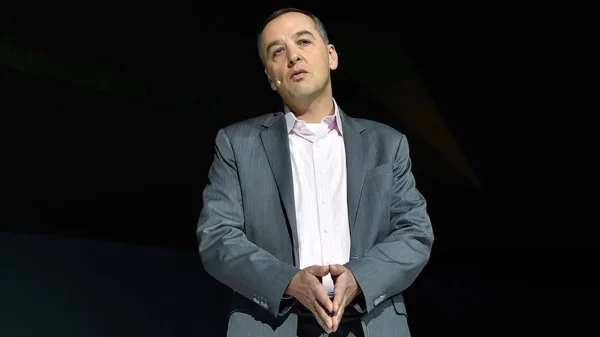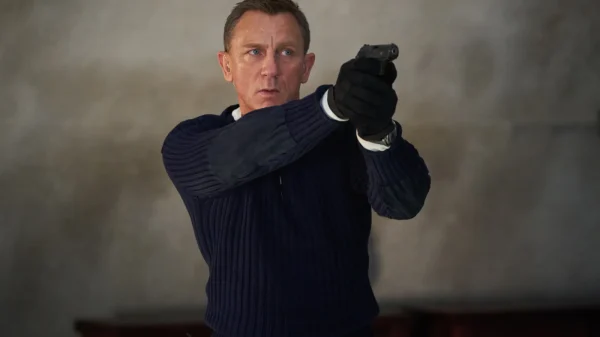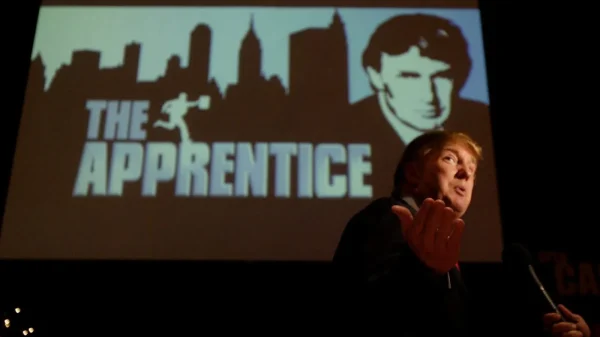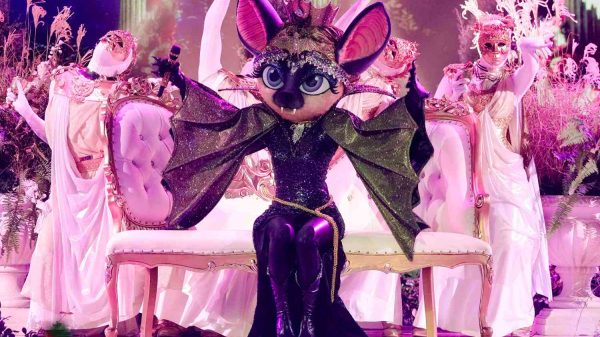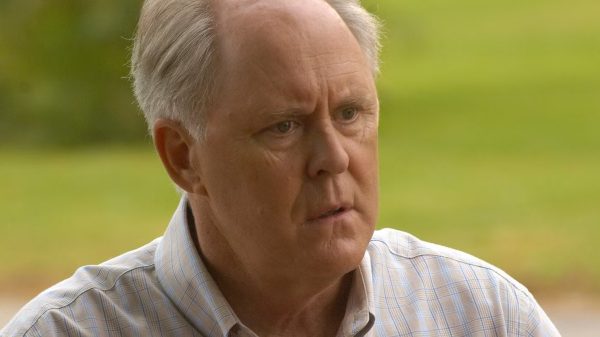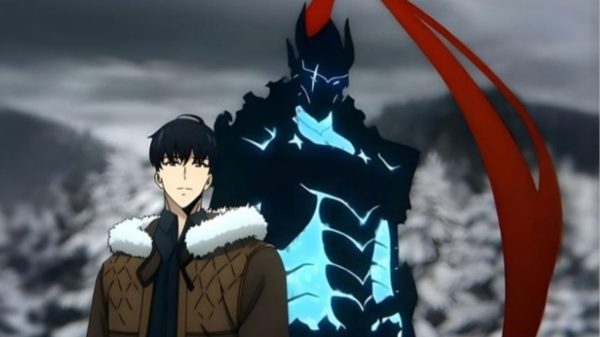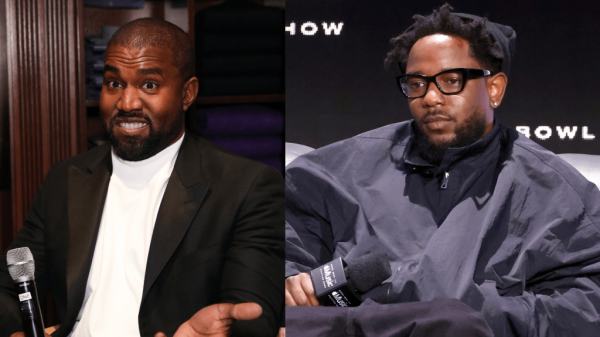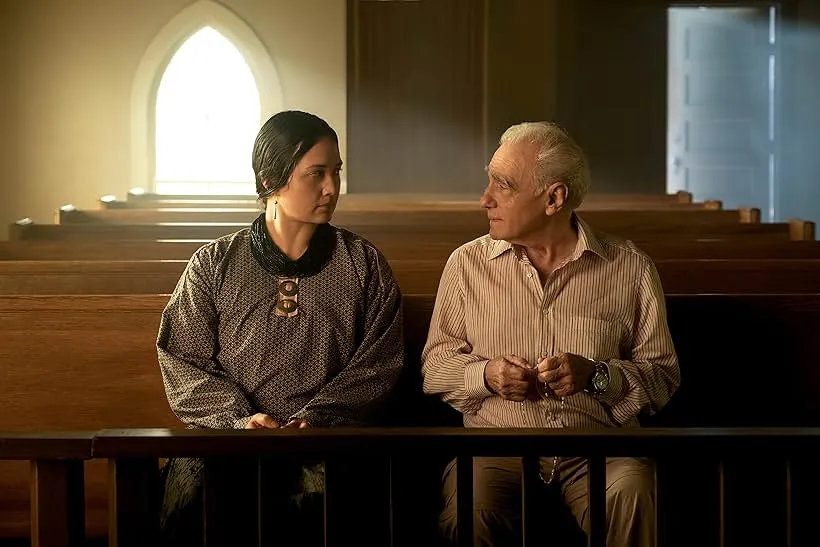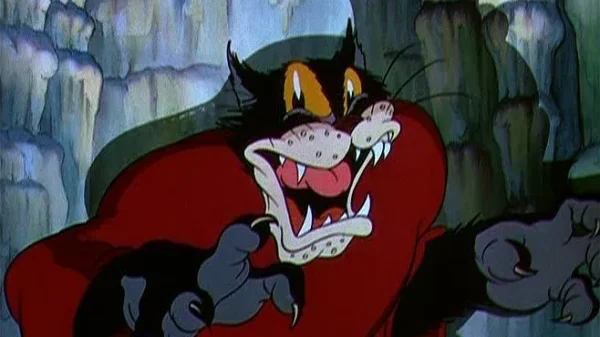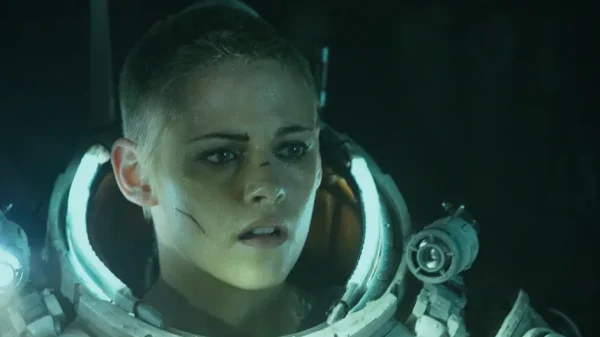Martin Scorsese, widely regarded as one of the greatest filmmakers of all time, has been steadily working since the late 1960s, continually pushing the boundaries of cinema with each new film. With his 27th feature film, “Killers of the Flower Moon,” Scorsese has once again proven his ability to adapt to diverse genres and subjects. Looking back on his extensive filmography, it is evident that Scorsese has made almost nothing but hits, making it challenging to rank his films. However, here is a definitive ranking of his feature films from good to greatest, including “Killers of the Flower Moon.”
“Boxcar Bertha” (1972), though considered a low-budget mash-up of the crime and romance genres, showcases some scrappy energy and glimpses of Scorsese’s signature style. “New York Stories” (1989), an anthology film directed alongside Francis Ford Coppola and Woody Allen, is an interesting curio, but its uneven quality holds it back. Scorsese’s feature film debut, “Who’s That Knocking at My Door” (1967), displays promising signs of his future direction.
“New York, New York” (1977), a musical drama starring Robert De Niro and Liza Minnelli, has its moments but feels overlong due to its messy execution. “Kundun” (1997), a biopic about the Dalai Lama’s early life, is a well-made, if somewhat dry, historical drama. “Shutter Island” (2010), a psychological thriller set on a remote island, is engaging but ultimately forgettable.
“The Color of Money” (1986), a sequel to “The Hustler,” benefits from Paul Newman’s iconic performance and an engaging narrative. “Cape Fear” (1991), an intense, over-the-top thriller set in 1960s Florida, showcases Robert De Niro’s menacing performance. “The Aviator” (2004), a biopic about Howard Hughes’ life, is visually stunning and features strong performances but feels overly long and formulaic.
“Hugo” (2011), a family-friendly adventure about the early days of cinema, is a visually stunning tribute to the art form. “Alice Doesn’t Live Here Anymore” (1974), a grounded drama about a single mother’s struggles, is a showcase for Ellen Burstyn’s talent. “Casino” (1995), a gritty crime epic set in 1970s Las Vegas, is a well-made exploration of the mob’s influence, albeit excessive.
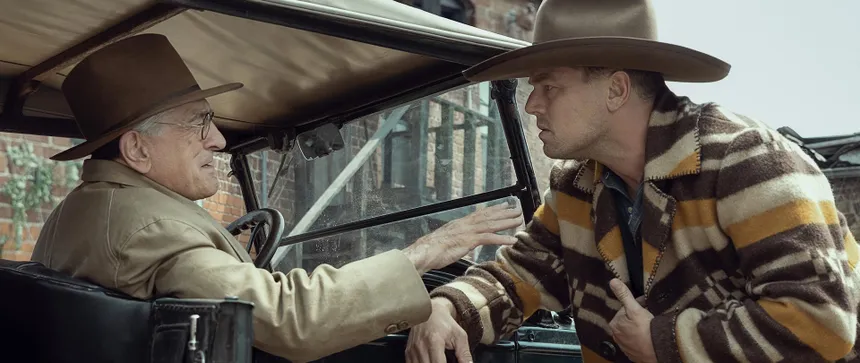
A Still From Killers of the Flower Moon (Photo: Killers of the Flower Moon)
“Gangs of New York” (2002), a sprawling, ambitious historical epic, features powerful performances, particularly from Daniel Day-Lewis. “The Age of Innocence” (1993), an old-fashioned romance about the constraints of high society, is a gentle, subtle exploration of human emotions. “Killers of the Flower Moon” (2023), set in 1920s Oklahoma, is a powerful crime drama exploring the Osage Nation’s struggles against the US government.
“Mean Streets” (1973), a gritty, atmospheric crime drama set in New York City’s Little Italy, is an early example of Scorsese’s mastery of tone and atmosphere. “Bringing Out the Dead” (1999), an intense psychological drama about a paramedic, is an underrated exploration of the human psyche. “The King of Comedy” (1982), a dark, surreal comedy about a stalker’s descent into madness, is a masterclass in uncomfortable storytelling.
“Silence” (2016), a slow-paced yet thought-provoking drama about two Jesuit priests’ survival in 17th-century Japan, is a powerful exploration of faith and morality. “After Hours” (1985), a surreal, absurd dark comedy about a series of misadventures in New York City, is a modern take on the farce genre.
From his early experimental films to his more recent historical epics, Scorsese has consistently pushed the boundaries of cinema. With “Killers of the Flower Moon,” he has once again proven his ability to adapt to diverse genres and subjects, cementing his position as one of the greatest filmmakers of all time.

